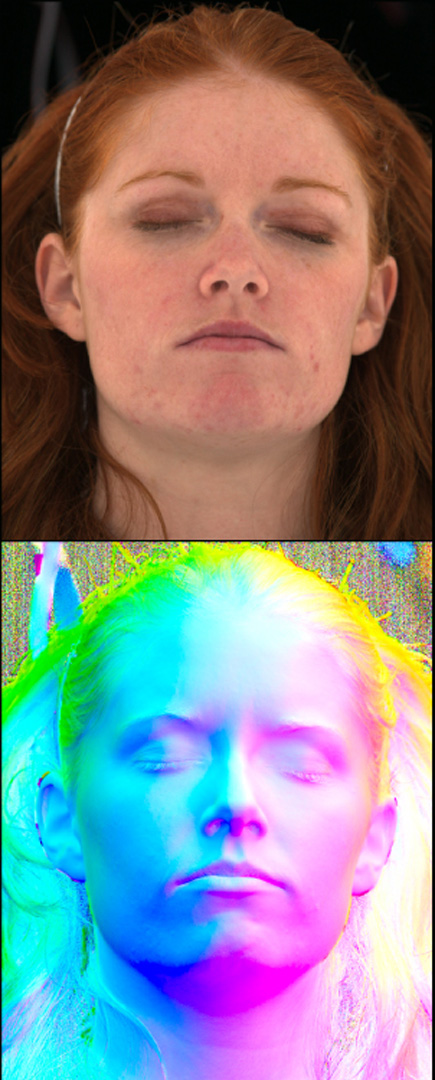“2D and 3D facial correspondences via photometric alignment”
Conference:
Title:
- 2D and 3D facial correspondences via photometric alignment
Session/Category Title: Capture and Display
Presenter(s)/Author(s):
Abstract:
Capturing facial geometry that is high-resolution, yet easy to animate, remains a difficult challenge. While a single scanned geometry may be straightforward to animate smoothly, it may not always yield realistic fine scale detail when deformed into different facial expressions. Combining scans of multiple facial expressions, however, is only practical if geometrical correspondences between the different scanned expressions are available. Correspondences obtained based on locations of facial landmarks or of placed markers are often sparse, especially compared to fine-scale structures such as individual skin pores. The resulting misalignment of fine detail can introduce artifacts or blur out details we wish to preserve.
References:
1. Ma, W.-C., Hawkins, T., Peers, P., Chabert, C.-F., Weiss, M., and Debevec, P. 2007. Rapid acquisition of specular and diffuse normal maps from polarized spherical gradient illumination. In Rendering Techniques, 183–194.





